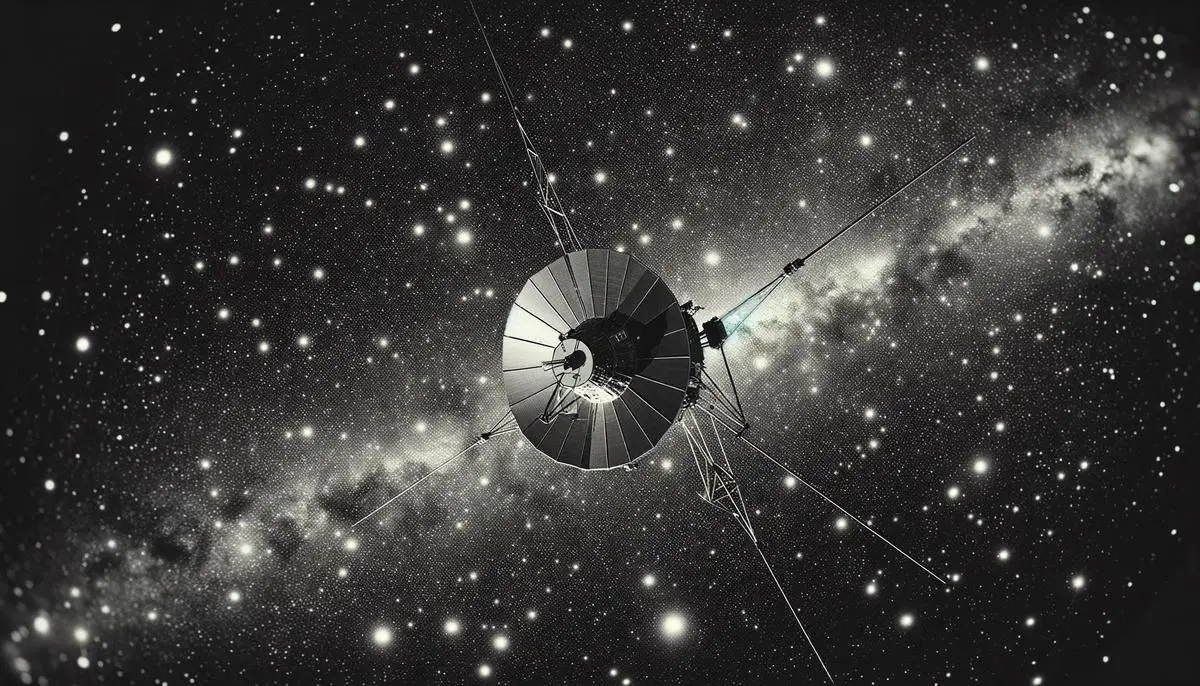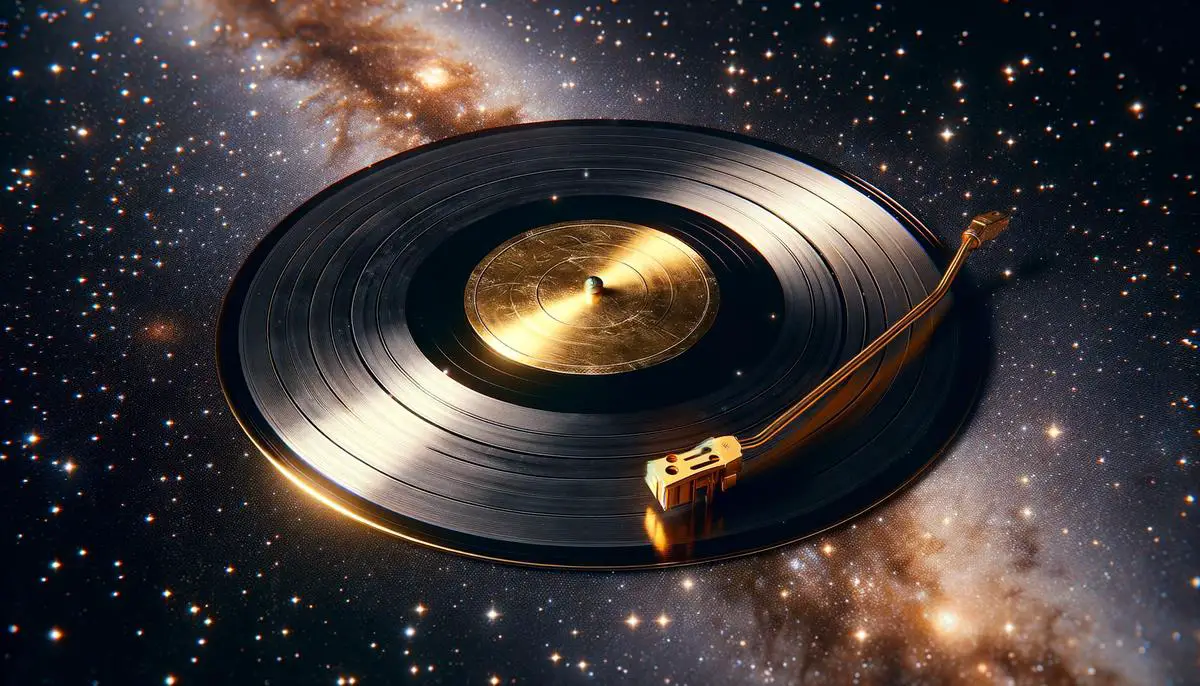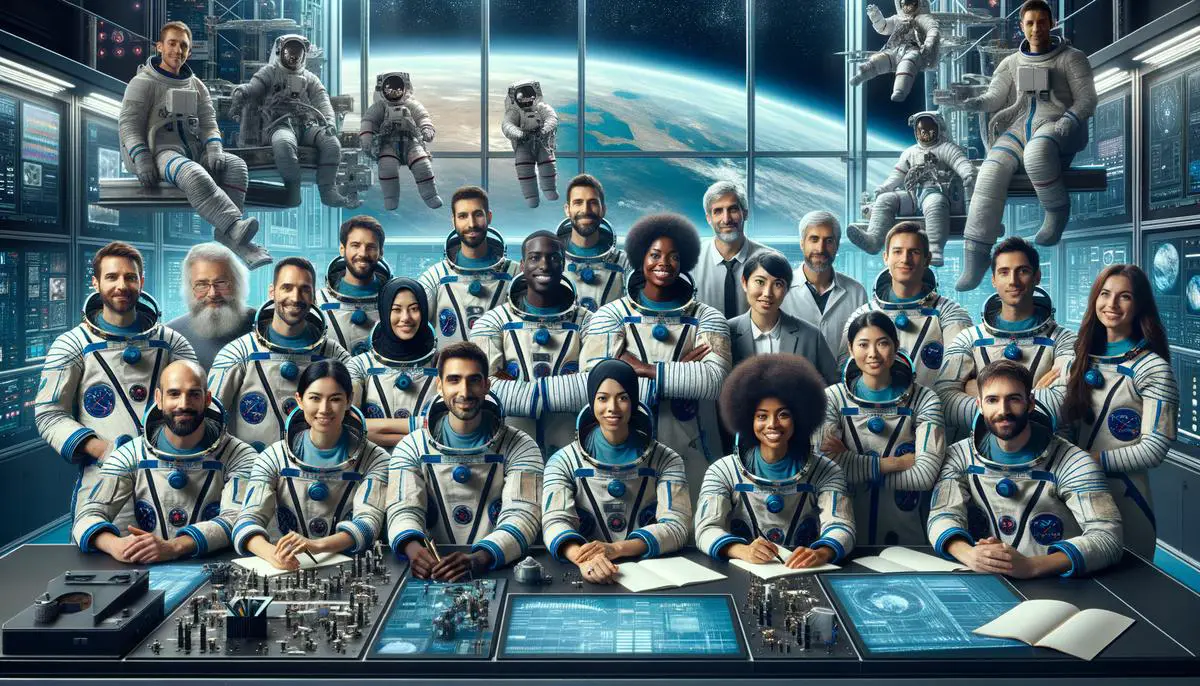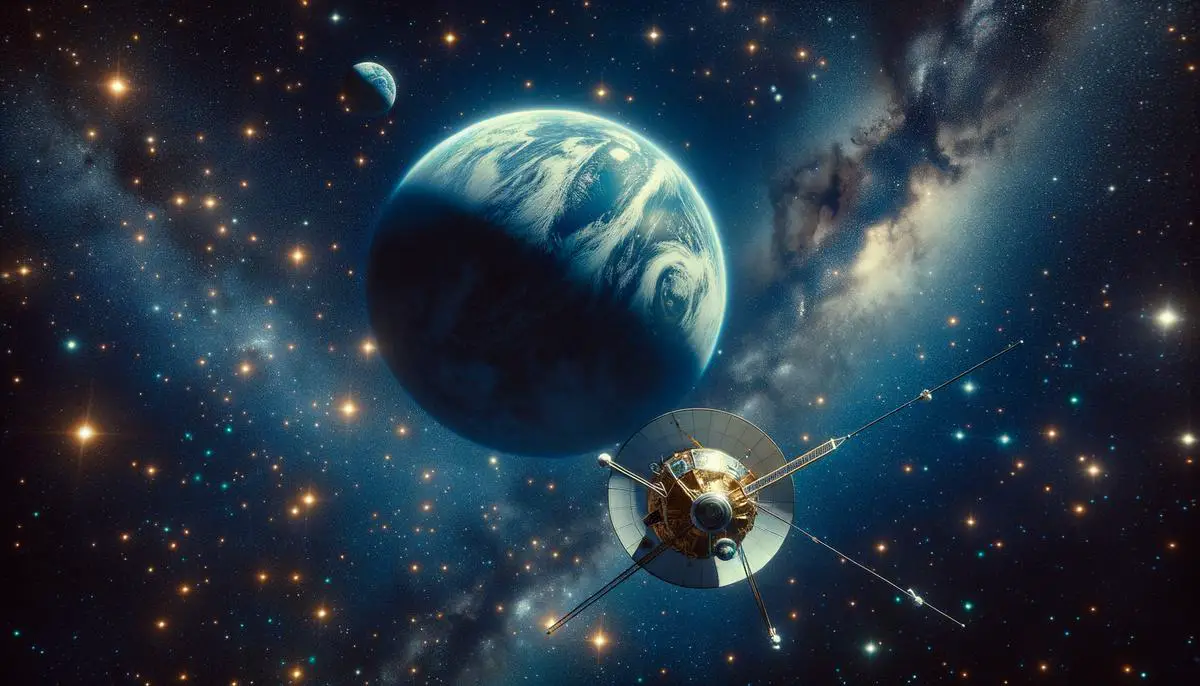Is Voyager 1 really returning to Earth?
No, Voyager 1 is not returning to Earth in reality. In the fictional universe of "The Signal," the probe's return is a plot device to explore the potential encounter with extraterrestrial intelligence. The story suggests an event where advanced beings sent Voyager 1 back as a gesture to showcase the possibilities of interstellar communication.

What caused the signal from Voyager 1?
In "The Signal," Paula discovered that the mysterious "Hello" signal originated from Voyager 1's golden record. The word "Hello" repeated due to the slight movement of the record's needle during its journey through space. This repetition created the illusion of continuous communication, initially leading Paula to believe it was from an extraterrestrial source.
The golden record onboard Voyager 1 contains greetings in 55 different languages, intended as a message to any potential extraterrestrial life. However, the slight movements and vibrations encountered by the probe during its journey led to an unintentional repetition of "Hello."
- Paula's initial assumption was influenced by:
- Unique conditions in space
- Absence of known man-made objects in that area
- Directional positioning of the space station's antenna away from Earth
This element of the story reinforces the challenges of our endeavors in space and underscores how even minute mechanical actions can lead to unexpected discoveries.

What are the implications of this discovery for space exploration?
The fictional return of Voyager 1 in "The Signal" symbolizes humanity's enduring quest to explore space and communicate with potential extraterrestrial beings. This event would likely prompt renewed interest in space exploration among governments and space agencies.
For the scientific community, such a discovery would emphasize the need for collaborative efforts, pooling resources, and advancing technology to prepare for future cosmic discoveries. It highlights the potential of international cooperation in addressing the unknowns of our universe.
"The story also provokes deeper philosophical questions about humanity's place in the cosmos. It suggests that our efforts to explore space are as much about introspection as they are about outreach."
This fictional scenario could inspire increased interest in STEM fields, motivating the next generation of scientists and engineers to pursue space research. It underscores the importance of continued, cooperative exploration of the cosmos, driven by our innate curiosity and desire for knowledge.
The return of Voyager 1 in the story serves as a reminder that our endeavors to understand and potentially connect with other intelligent life forms are fundamental to our species' drive to seek knowledge and embrace the unknown.
Potential impacts of the discovery:
- Renewed interest in space exploration
- Increased international cooperation
- Philosophical contemplation about humanity's role in the universe
- Inspiration for future generations in STEM fields
- Emphasis on the importance of continued cosmic exploration

- Sagan C, Druyan A, Soter S. Cosmos: A Personal Voyage. Random House; 1980.
- NASA. Voyager 1. NASA Science: Solar System Exploration. 2021.
- National Research Council. New Frontiers in the Solar System: An Integrated Exploration Strategy. The National Academies Press; 2003.
![]()
